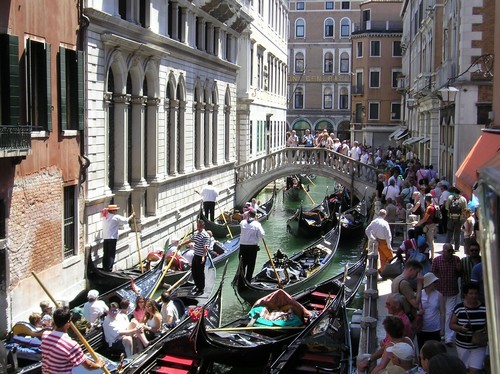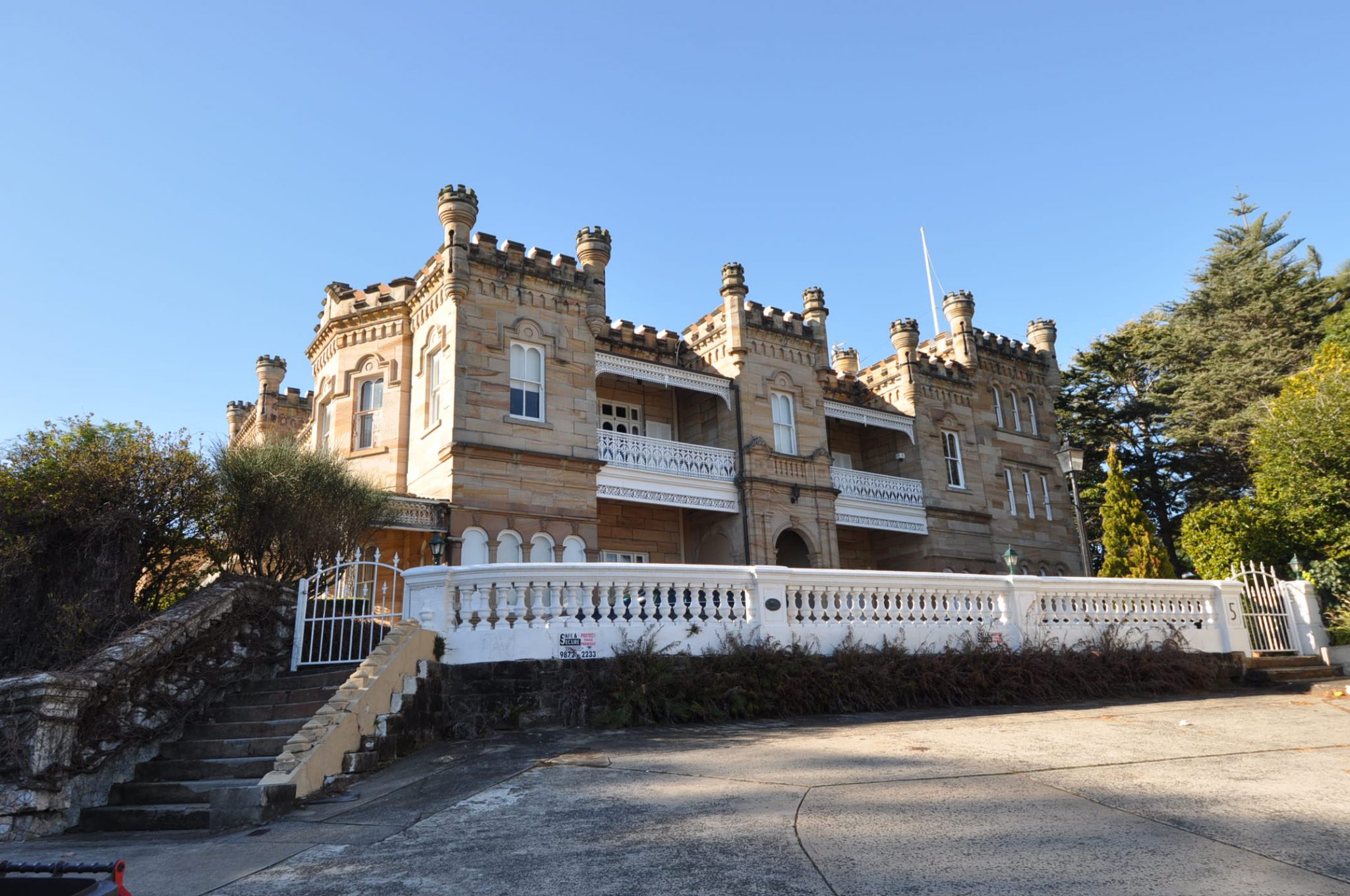Professional Associations
There is a cost for the setting up and maintaining of any heritage management system (HMS) whether it operates at state or local government level. In a country like Australia where more than 90% of the listed stock is in private ownership, who pays for heritage? Is the current system working efficiently or is it in decline? Should there be equal proportions of onus placed upon government, communities and private owners or should one contingent pay slightly more?
Communities which get the benefit of the listing do not pay any direct costs towards it. Owners, who contribute to the public realm through self-funded maintenance, appear to shoulder the major cost burden. Governments which control the HMS, simply list buildings and then walk away.
What indeed is the right mix of policy and strategy for a local government HMS?
What stresses and strains is the HMS typically subjected to?
Given that the majority is in private ownership (a problem highlighted in the Australian newspaper in 2012), how could policies be better articulated to deal with the needs and expectations of owners? ‘
Would this mean a greater emphasis placed upon private provisioning systems in the form of plot bonuses, development credits, transferable development rights for private owners of heritage places or other hybrid financial and planning incentives?
These are some of the questions faced by heritage planners and policy makers in the heritage sector. Policy innovation suggests radical a move towards incentives and benefits for private owners who make up 90% of the listed heritage stock in Australia.
Paul Rappoport – Heritage 21 – 5 May 2013




Related Articles

New Ways of Assessing Heritage Impact
The system we use today in NSW and Australia generally to assess heritage impact is limited and perhaps slightly old…
Read more
Taxing tourism to pay for cultural built heritage
The World Bank (2010) writes that a good investment climate for tourism, underpinned by a sound tax regime, can play…
Read more
Heritage-Tourism – Loving it to Death
How often have we all heard or read the phrase; “Tourism is a driver of economic development”.
Read more
Is Heritage in the Public or Private Interest?
Clearly, the development and pro- conservation approaches are like ships passing in the night. Will there ever be a happy…
Read more

Need help getting started?
Check out our guides.

Complete the form below to contact us today.









